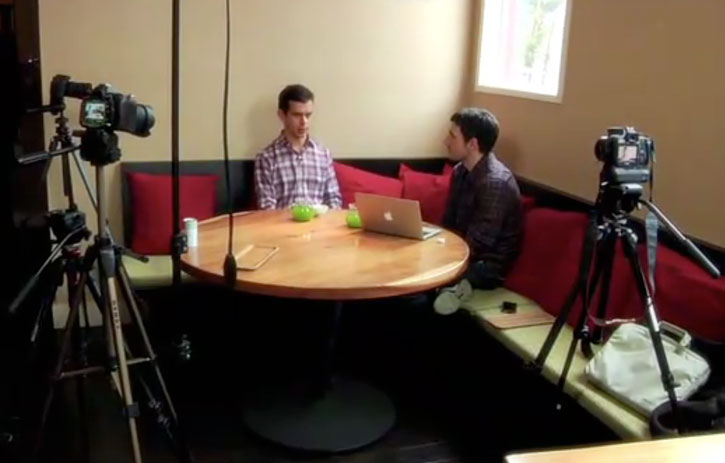Facebook has increasingly been making moves to position itself as the preferred platform for uploading videos. This morning I saw evidence that, in fact, Facebook really is eating YouTube’s lunch when it comes to viewing and sharing videos.
The Case
We’re in the middle of a federal election in Canada. My friend, Ian Capstick, uploaded a humourous video to both Youtube and Facebook on August 28. If you haven’t seen it yet, take a look at the YouTube embed.
The Evidence
Ian uploaded the video to both platforms on Friday, August 28. It’s now Monday, August 31 and here are the stats for the first three days since the video was uploaded:
- 17,000 views
- 205 likes
- 323 shares
- 57 comments
YouTube
- 5,356 views
- 60 likes; 5 dislikes
- 11 comments
Same video. Very different views and social gestures. Facebook is generating 300% more views than YouTube, 300% more likes, and 500% more comments.
Clearly, something big has shifted in the past year. Facebook’s new video platform is making it king of video just as it became the top platform for pictures a few years ago.
What you should do about it
This is just one case. And it doesn’t mean that YouTube is in trouble. But it provides clear evidence that YouTube no longer has the video field to itself.
If you are not uploading your videos to both YouTube and Facebook, you are missing a substantial part of your traffic. So, starting now, upload your videos to both YouTube and Facebook. The times are changing – and so is our sense of where we will find and share video.


